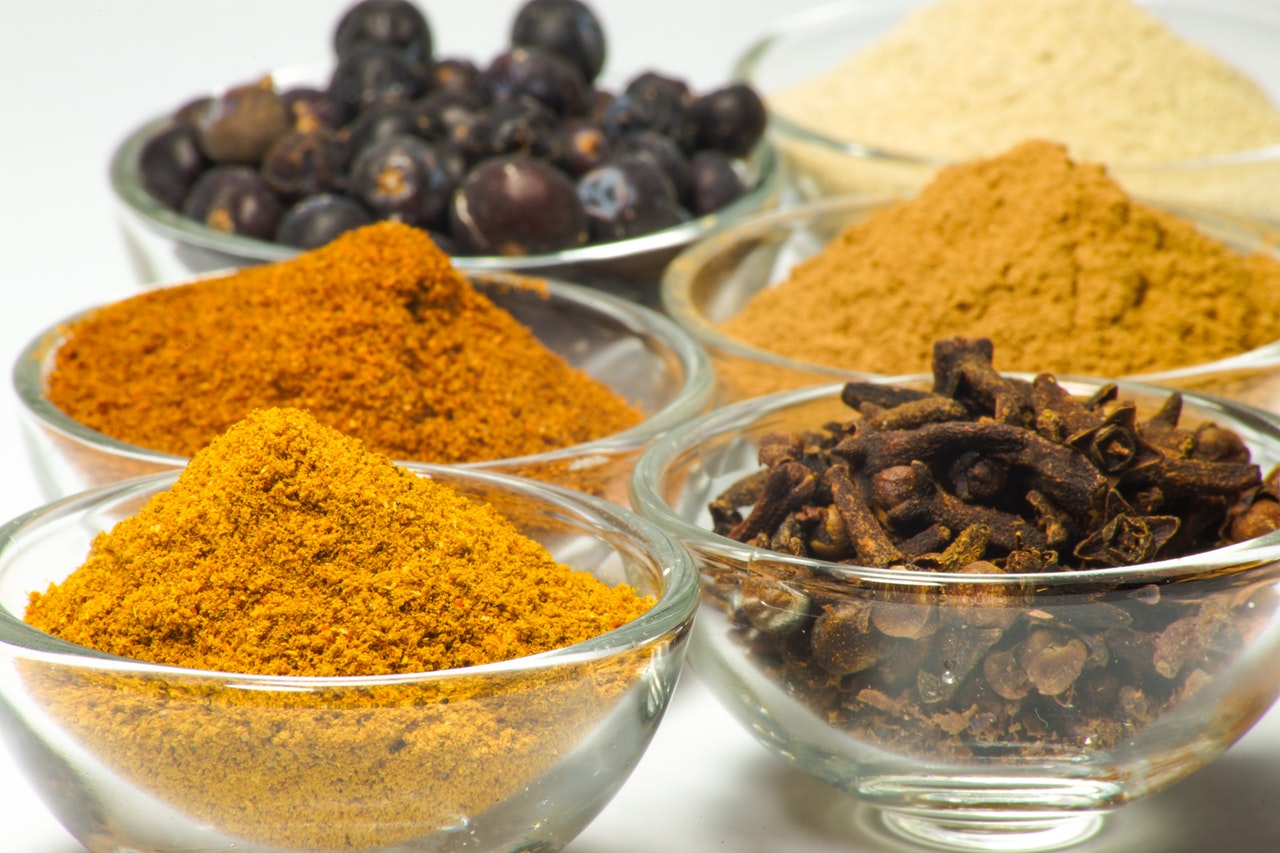We all remember when chicken tikka masala was announced as a ‘true British national dish’ back in 2001, upstaging the likes of traditional Sunday roasts and English breakfasts.
This momentous statement not only illustrated Britain’s multiculturalism and ability to absorb and adapt external influences; it also enticed people to expand their cultural curiosity by experimenting with different types of curries.
And what better time to remind you of all the diverse options on offer – as the 19th anniversary of National Curry Week will be returning this October to celebrate all things curry.
Indian
Indian curries are by far the most varied, and most popular – especially considering there are two Indian restaurants to every one Chinese restaurant in the UK.
Many beginners perceive Indian curries to be overwhelmingly hot and spicy and as a result tend to avoid, but it is often their creamier, sweeter dishes that surge in popularity. A korma is made with coconut, almonds and cream, and a good one to start out with if you’re new to the curry scene.
If you’re an experienced curry eater, then you might like to dabble between the medium and high heats. According to a poll carried out last year by BBC Radio 2, the nation’s favourite British Indian curry was a jalfrezi, which includes green chilis but can range from medium to very hot. Typically, those eating jalfrezi cool it down by mixing cream or yoghurt to help alleviate the heat
Chinese
A traditional Chinese curry is a completely different ballgame to Indian, which is what makes it so crave-worthy and a culinary staple across British kitchens and restaurants.
Not too heavy yet filling and appetising, there’s no wonder why an authentic Chinese curry is so popular. The best thing about Chinese curry is that when making it at home, it can be made thick, thin, spicy with chili or sweet with coconut – there’s so much room for experimentation that you’ll never be bored cooking it.
It is usually made with meat and mixed vegetables to thicken the sauce and enhance the flavour, with the aroma stemming from curry powder, onion, ginger, garlic and cumin. Because of all these complimentary flavours, this curry is best served with boiled rice so that the taste is not interrupted.
Thai
When looking at any Thai menu – there’s always confusion over which of the green, red or yellow Thai curry is the spicy one.
In this instance; go with your natural assumption. Red Thai curries, if they’re cooked traditionally, can have up to 20 red chilis to give it that fiery colour and taste. However, many modern chefs prefer to exchange the number of chilis for chili powder so they don’t overwhelm the customer.
Green curry has been made greener over the years with the addition of fresh coriander, lime leaf and basil. Normally green is the mildest with yellow falling somewhere in between due to turmeric, its main ingredient, giving it a golden hue and a mild aromatic scent yet pungent and bitter taste.
So, whether you’re into spice or not, or daunted by the idea of cooking or even trying curry – by taking the leap, you’re guaranteed to find a curry that appeals to you. And once you open your taste buds and explore the adventure of multicultural cooking, you’ll never look back.

You left out a few: Indonesia, Jamaica and other Caribbean nations also have their own curries…